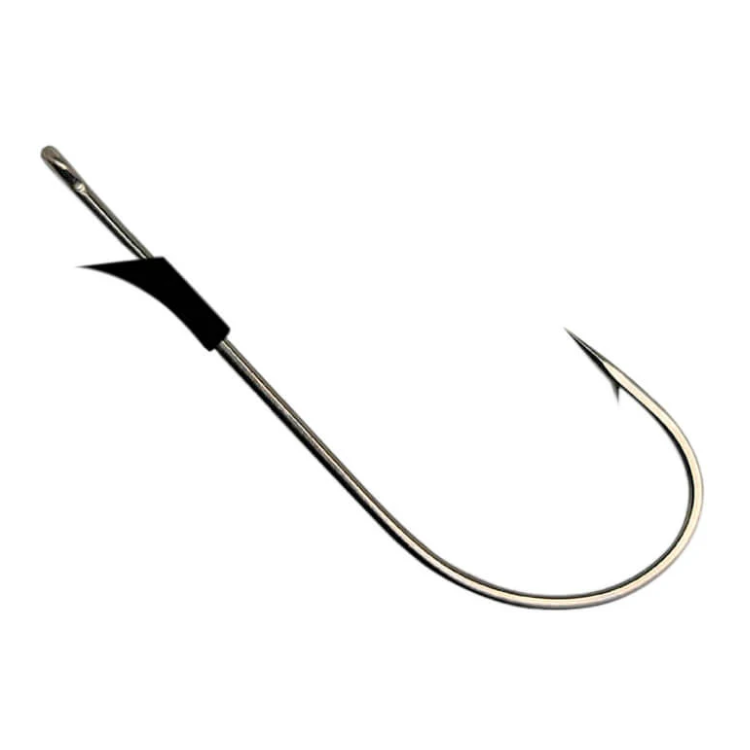BY MIKE STEVENS
LAKE HAVASU CITY— Former WON BASS Angler of the Year and Okuma pro Todd Kline retured to once WON headquarters once again to talk tactics and gear for the upcoming WON BASS event. This time, he takes us through his basic plan for targeting Lake Havasu’s bass which will be in three stages of the spawn. With panfish, big gizzard shad, threadfin, crawdads, small bass and even baby stripers on the menu, a having a diverse array of sticks on deck will be key on the desert lake.
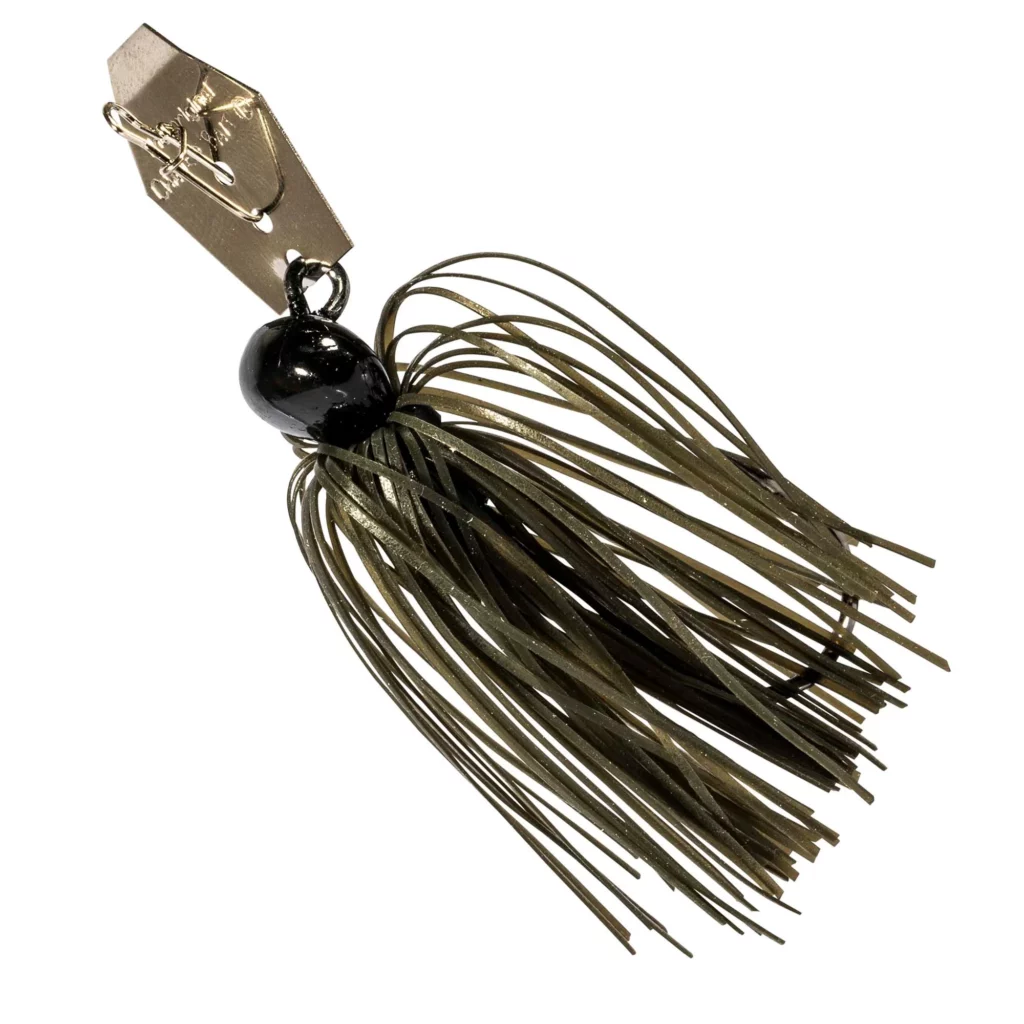
Chatterbait
“This time of year the bass are up spawning, well right behind them the bluegill and redear will spawn and it’s like a buffet coming straight to the bass. If it’s prespawn or post spawn, these fish want to eat, and one of the easiest things to get is a bluegill. When the wind is blowing, or early in the morning if there’s an area with some grass that I can rip this out of, this is a great bait.”
Kline’s chatterbait is paired with a Yamamoto Zako in green pumpkin that he sometimes adds chartreuse to the tail in order to further imitate Havasu’s spawning ‘gills in particular. That rig is paired up with an Okuma X-Series reel and TCS rod.
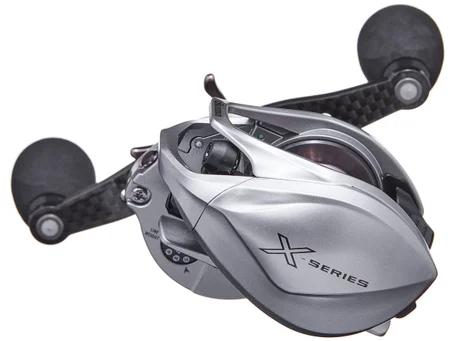

Roboworm drop-shot
“Something that is always a factor no matter where we go is a Roboworm drop-shot,” said Kline. “The water at Havasu is pretty clear, so I like to go as realistic as possible.”
Kline drop-shots with 10-pound braid and 6-pound (down to 5 if fish are finicky, and up to 10 around structure or fish that are not bite-shy) leader, and he rolls with an Okuma Reflexions rod and ITX CB Spinning reel for this application.
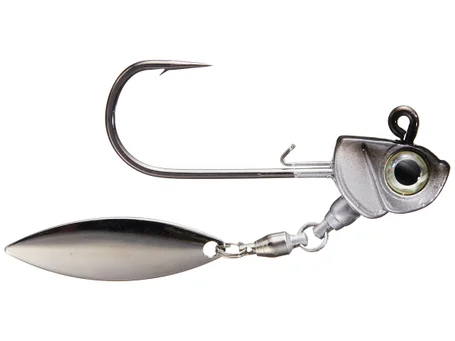
Coolbaits Underspin
“This has always been a big factor for me at Lake Havasu,” said Kline, who was able to win an MLF event a couple years ago thanks in part to a 7.2-pound largemouth he caught on this bait on 5-pound test. “Sometimes you’ve got to go light to get bit, and these are very diverse baits you can throw anywhere.”
One target Kline likes to attack with the Coolbaits underspin are the artificial cage-like reefs found all over Havasu that are dropped in as fish habitat. He will also hit long points with an “uphill” retrieve as well as around outside humps.
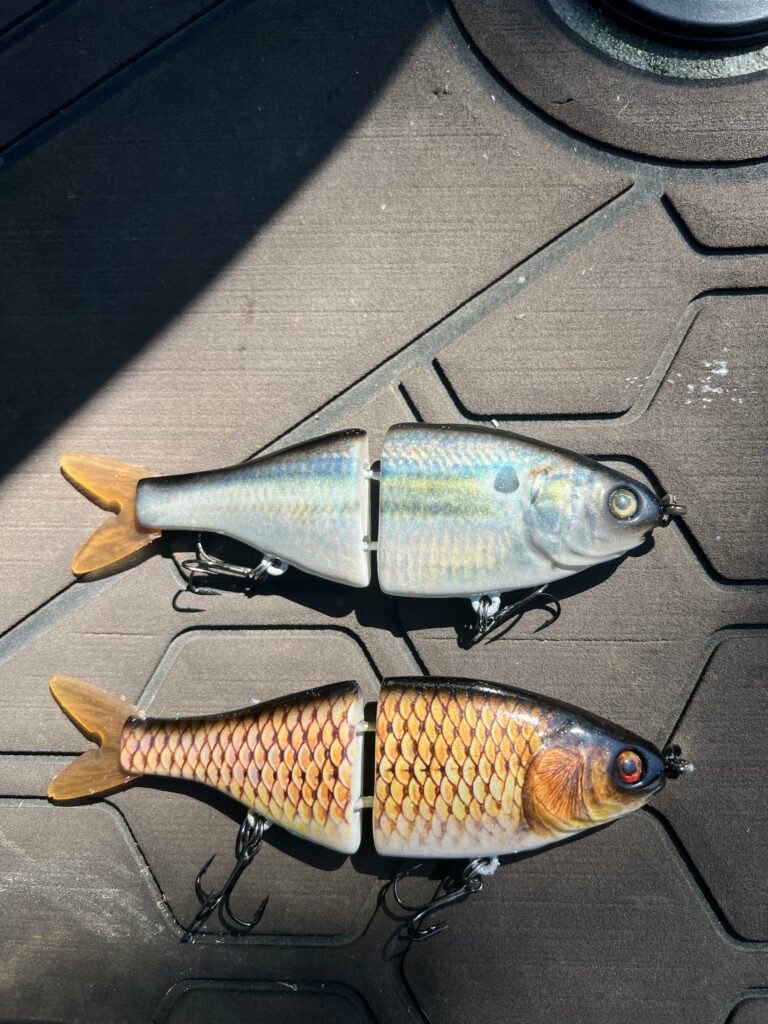
Bent Baitz glidebait
“This is going to emulate the big gizzard shad as well as some of the larger threadfin,” said Kline. “I like to have a big bait on the deck because it’s a great way to get a kicker, and it can be thrown everywhere but especially big bluff walls where big smallmouth like to sit in the shade.”
Kline also likes to use a bait like this in practice (with the hooks clipped so you don’t actually hook a fish) because bass tend to at least “show themselves” and chase even if they don’t commit.
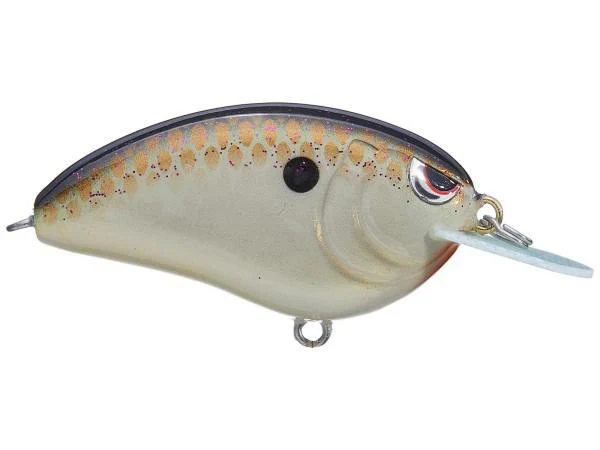
Deep-diving crankbait
“This time of year the grass is starting to grow, water is warming up and sun gets down where it needs to in order to get that grass growing,” said Kline who had a Spro Little John crank rigged up for this rundown. “I usually throw it on 12 (pound test) and get it down around that 18-foot range with a good, long cast.”
Kline employs an Okuma X-Series reel that’s perfect for making those long casts, especially when paired with a longer (7-foot, 11-inch) Okuma TCS Power Crank rod.
“I got some last year, same time of year on this bait,” he said. “Not a lot of fish, but generally you can get 1 or 2 a day that pay dividends in the overall bag.

Senko
“Some version of a Senko,” said Kline. “I like to throw a very finesse bait out there, a thin Senko paired with a 3/0 Re-Barb hook.”
Kline uses an Okuma TCS rod and matching spinning reel. All his spin reels are loaded with 10-pound braid, and he just changes his leader depending on what the situation calls for. Kline said “distance is your friend” with this technique, so he likes a 7-foot, 6-inch rod for a little extra reach, especially when paired with that light braid.
